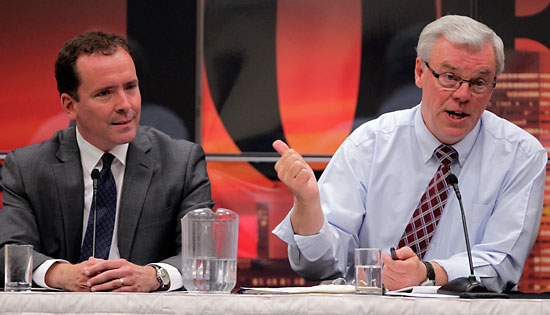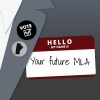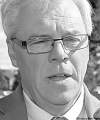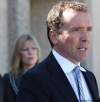A campaign observation
Advertisement
Read this article for free:
or
Already have an account? Log in here »
To continue reading, please subscribe:
Monthly Digital Subscription
$1 per week for 24 weeks*
- Enjoy unlimited reading on winnipegfreepress.com
- Read the E-Edition, our digital replica newspaper
- Access News Break, our award-winning app
- Play interactive puzzles
*Billed as $4.00 plus GST every four weeks. After 24 weeks, price increases to the regular rate of $19.00 plus GST every four weeks. Offer available to new and qualified returning subscribers only. Cancel any time.
Monthly Digital Subscription
$4.75/week*
- Enjoy unlimited reading on winnipegfreepress.com
- Read the E-Edition, our digital replica newspaper
- Access News Break, our award-winning app
- Play interactive puzzles
*Billed as $19 plus GST every four weeks. Cancel any time.
To continue reading, please subscribe:
Add Free Press access to your Brandon Sun subscription for only an additional
$1 for the first 4 weeks*
*Your next subscription payment will increase by $1.00 and you will be charged $16.99 plus GST for four weeks. After four weeks, your payment will increase to $23.99 plus GST every four weeks.
Read unlimited articles for free today:
or
Already have an account? Log in here »
Hey there, time traveller!
This article was published 15/09/2011 (5145 days ago), so information in it may no longer be current.
One thing I learned as a police reporter is to observe.
At a crime scene or car crash, I learned to just stand back and watch. Sometimes it paid off.
Look to see who else is standing around watching. Hang around to see who brings flowers or leaves a photo or candle. Watch what the cops are doing, particularly the Ident guys. Where are they putting evidence markers? A blood trail or shell casings?

At a collision, look for skid marks. The length of the skid can tell you how fast a car was going. If there’s no skid, that obviously tells you the driver never braked. He didn’t see the light had turned red or the kid had stepped out to cross the road.
Sometimes you can even quickly piece together what happened without talking to the cops.
It’s not same in politics.
This campaign, colleague Larry Kusch and I decided to split up how we cover the leaders. Larry does one guy one week, I do him another. One of us picks up Liberal leader Jon Gerrard where we can.
Our focus is on Tory leader Hugh McFadyen and Premier Greg Selinger. One of these men will be premier Oct. 4.
We’re not only watching for where they’re campaigning, what ridings they’re spending a lot of time, but how they appear. Are they tired? Are they properly briefed? Do they stay on message? Are they patient with the media and answer all our questions? Do they appear confident? How do they interact with other people in the room and the public?
The other thing I look for is the organization behind the leader. Are the handlers all in place? Does the sound equipment work? What’s the backdrop? Is it appropriate to the announcement? And who else is in the room? Who else is attending?
Larry and I talk a lot — I talk to Larry more than to my wife — and our take is that both men and their parties are handling themselves as you’d expect.
Neither is giving an inch.
So with less than three weeks to go, neither Larry nor I can get a good read on which campaign is pulling ahead.
I can watch Selinger and McFadyen all I want, but right now it doesn’t tell me anything.










